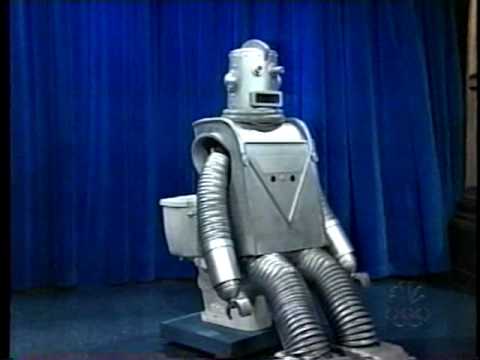Researchers have been doing some pretty inventive things with human waste. Recently, a team of researchers from the Bristol Robotics Laboratory in England figured out a way to power a cellphone with urine.
Now, researchers from that same lab have figured out a way to run robots on urine.
The team, led by Peter Walters, has created a device that mimics the performance of the human heart. Only now, instead of pumping blood through humans, it’s pumping urine through robots and producing electricity along the way.

The device. (Image via University of the West of England)
Role of microbial fuel cells
Similar to previous generations of robots created by The Bristol Robotics Lab, the future robots will run on microbial fuel cells (MFCs) and use microorganisms to digest waste organic matter to generate electricity.
MFCs are bio-electrochemical transducers that convert the energy found in organic matter to electricity. The live microorganisms inside of the MFCs break down the urine and create an electricity by-product.
Currently, EcoBots, as they’ve been named, run on conventional motor pumps that are prone to mechanical failure and blockages. So, the team developed this heart-like device to improve functioning.
“We speculate that in the future, urine-powered EcoBots could perform environmental monitoring tasks such as measuring temperature, humidity, and waste water quality,” said Walters.

Future robots could be recharged simply with urine from a public restroom. If the robot finds itself in a rural area, urine collected on a farm would suffice too.
How it works
The “heart” can hold up to 24.5 mL of liquid and like a human heart compresses a pump to force out the liquid (in this case urine, not blood). The device also uses artificial muscles made from shape memory alloys, a smart material that “remembers” its original shape.
When the artificial muscles are heated with an electric current, they compress and expel the fluid. Once the muscles cool down, they return to their original shape so the device can relax and allow new fluid to flow into it for the next round.
The researchers found that just 24 microbial fuel cells that fed on urine produced enough electricity to charge a capacitor. The energy stored in the capacitor was then used to start another cycle of pumping.
Future urine robots
The team’s next tasks involve improving the device’s efficiency and figuring out how to incorporate them into MFC-powered robots.
Advertisement
Learn more about Electronic Products Magazine





